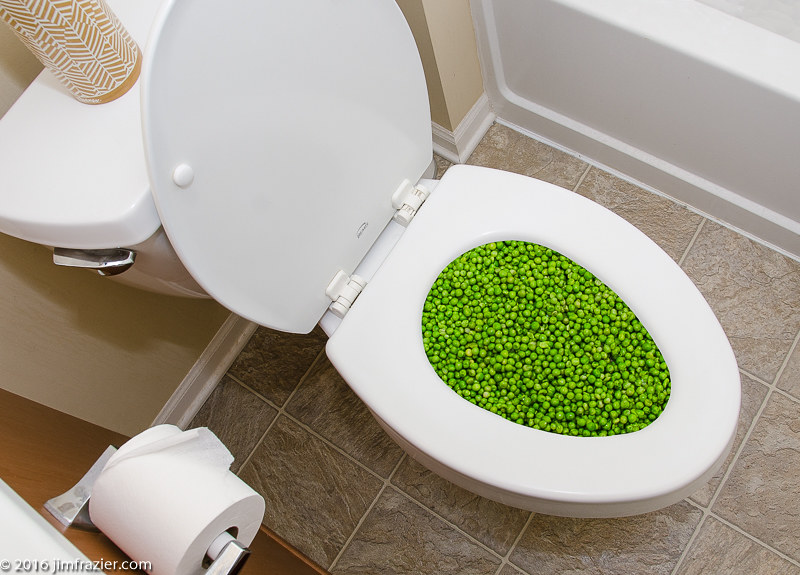Are You Capable to Dispose of Food in the Toilet?
Learn MoreThe article below in relation to Flushing Food Down the Toilet? is definitely enlightening. Don't skip it.

Introduction
Many individuals are often confronted with the dilemma of what to do with food waste, especially when it comes to leftovers or scraps. One common concern that develops is whether it's alright to purge food down the toilet. In this article, we'll explore the reasons that individuals might consider purging food, the repercussions of doing so, and alternative methods for appropriate disposal.
Reasons individuals may consider flushing food
Absence of understanding
Some individuals may not know the prospective damage caused by flushing food down the commode. They may mistakenly believe that it's a harmless method.
Comfort
Purging food down the commode might feel like a quick and simple option to taking care of undesirable scraps, especially when there's no nearby trash bin readily available.
Idleness
In many cases, people may just select to flush food out of large idleness, without considering the effects of their activities.
Consequences of flushing food down the bathroom
Environmental impact
Food waste that winds up in waterways can contribute to air pollution and damage water environments. Furthermore, the water made use of to flush food can stress water resources.
Plumbing problems
Purging food can bring about clogged pipelines and drains, causing expensive plumbing repair work and inconveniences.
Types of food that need to not be flushed
Coarse foods
Foods with fibrous structures such as celery or corn husks can obtain tangled in pipelines and cause obstructions.
Starchy foods
Starchy foods like pasta and rice can take in water and swell, resulting in obstructions in pipelines.
Oils and fats
Greasy foods like bacon or cooking oils ought to never ever be purged down the bathroom as they can solidify and cause obstructions.
Appropriate disposal methods for food waste
Using a garbage disposal
For homes outfitted with garbage disposals, food scraps can be ground up and flushed via the pipes system. Nevertheless, not all foods are suitable for disposal in this fashion.
Recycling
Certain food packaging materials can be reused, decreasing waste and minimizing environmental effect.
Composting
Composting is an environmentally friendly way to deal with food waste. Organic products can be composted and utilized to enrich soil for horticulture.
The importance of proper waste administration
Decreasing environmental harm
Proper waste management methods, such as composting and recycling, assistance reduce air pollution and protect natural resources for future generations.
Safeguarding pipes systems
By avoiding the method of flushing food down the commode, home owners can avoid costly plumbing fixings and preserve the stability of their pipes systems.
Final thought
In conclusion, while it might be appealing to purge food down the bathroom for benefit, it is essential to comprehend the possible effects of this action. By taking on correct waste administration methods and throwing away food waste sensibly, individuals can contribute to much healthier pipes systems and a cleaner environment for all.
FLUSH FOOD DOWN THE TOILET?
FLUSHING FOOD CAN CAUSE BLOCKED DRAINS IN YOUR HOME
All of the plumbing fixtures in your home are connected to the same sewer pipe outside of your home. This outdoor sewer pipe is responsible for transporting all the wastewater from your home to the Council sewer mains. Even small pieces of food that go down the kitchen sink can cause problems for your sewer. It should therefore be obvious that flushing larger bits of food, such as meat, risks a clog in either the toilet itself or the sewer pipes. Flushing greasy food is even more problematic because oil coagulates when it cools, coating the interior lining of your pipes.
THE TOILET IS NOT A BIN
Food isn’t the only thing that people shouldn’t be flushing down the toilet. People use the toilet to dispose of all kinds of things such as tampons, makeup wipes, dental floss, kitty litter and even underwear. Water goes to great lengths to educate residents about the high costs and stress placed on wastewater treatment systems simply from people flushing the wrong stuff down the toilet. It costs taxpayers millions of dollars each year, and homeowners thousands in blocked drain repairs.
FLUSHING FOOD IS A WASTE OF WATER
Flushing food is a waste of our most precious resource - water. In June this year Level 1 water restrictions were introduced to protect water supply from drought conditions. Much of New South Wales continues to be affected by prolonged drought with recent figures revealing up to 97 per cent of the state remains in drought. Depending on whether you have a single or dual flush toilet, every single flush uses between five and 11 litres of water. In the current climate this is a huge amount of water to be wasting on flushing food that should be placed in the bin (or better yet, the compost).
https://www.jabplumbingsolutions.com.au/blog/can-you-flush-food-down-the-toilet

As a passionate reader on Is it safe to flush food (especially rice) down the toilet?, I imagined sharing that excerpt was a great idea. Are you aware of anybody else who is in to ? Take a moment to promote it. Thanks a lot for being here. Revisit us soon.
Estimating